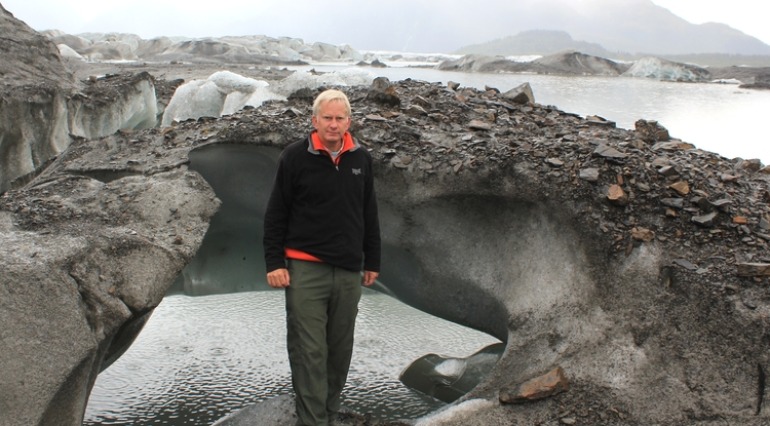

The results of the multitemporal analysis of this study confirm the recent and dramatic recession of the TAGs in the last three decades, in base to physical and statistical significance. We also implemented temporal and spatial filters to have comparable maps at a multitemporal level and reduce noise and temporal inconsistencies. We used annual reductions of the Normalized Difference Snow Index (NDSI) and spectral bands to capture the pixels with minimum snow cover. This study aims to reconstruct the glacier coverage of the TAGs, using Landsat time-series images from 1985 to 2020, by digitally processing and classifying satellite images in the Google Earth Engine platform. The fast retreat of the tropical Andean glaciers (TAGs) is considered an important indicator of climate change impact on the tropics, since the TAGs provide resources to highly vulnerable mountain populations.

Progress, our goal here is to provide a starting point for the GLIMS regional centers as well as for the wider glaciological community in terms of documentation on possible pitfalls along with potential solutions. While the list of proposed methods and recommendations is not comprehensive and is still a work in This paper summarizes the major results of the 2008 GLIMS workshop, with an emphasis on definitions, methods and recommendations for satellite data processing.
GLIMS MEANING CODE
Special emphasis was given to establishing standard protocols for glacier delineation and analysis, creating illustrated tutorials and providing source code for available methods. Talks presented examples and work in progress for each of these topics, and focus groups worked on compiling a summary of availableĪlgorithms and procedures to address and avoid identified hurdles. This workshop identified six themes for consideration by focus groups: (1) mapping clean iceĪnd lakes (2) mapping ice divides (3) mapping debris-covered glaciers (4) assessing changes in glacier area and elevation through comparisons with older data (5) digital elevation model (DEM) generation from satellite stereo pairs and (6) accuracy and error analysis. Where automatic delineation of glacier boundaries in satellite imagery is difficult, error prone or timeconsuming. Despite the progress made in recent years, there still remain many cases On 16–18 June 2008 the US National Snow and Ice Data Center held a GLIMS workshop inBoulder, CO, USA, focusing on formulating procedures and best practices for operational glaciermapping using satellite imagery.


 0 kommentar(er)
0 kommentar(er)
